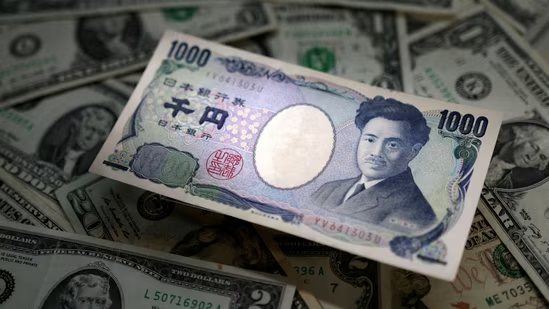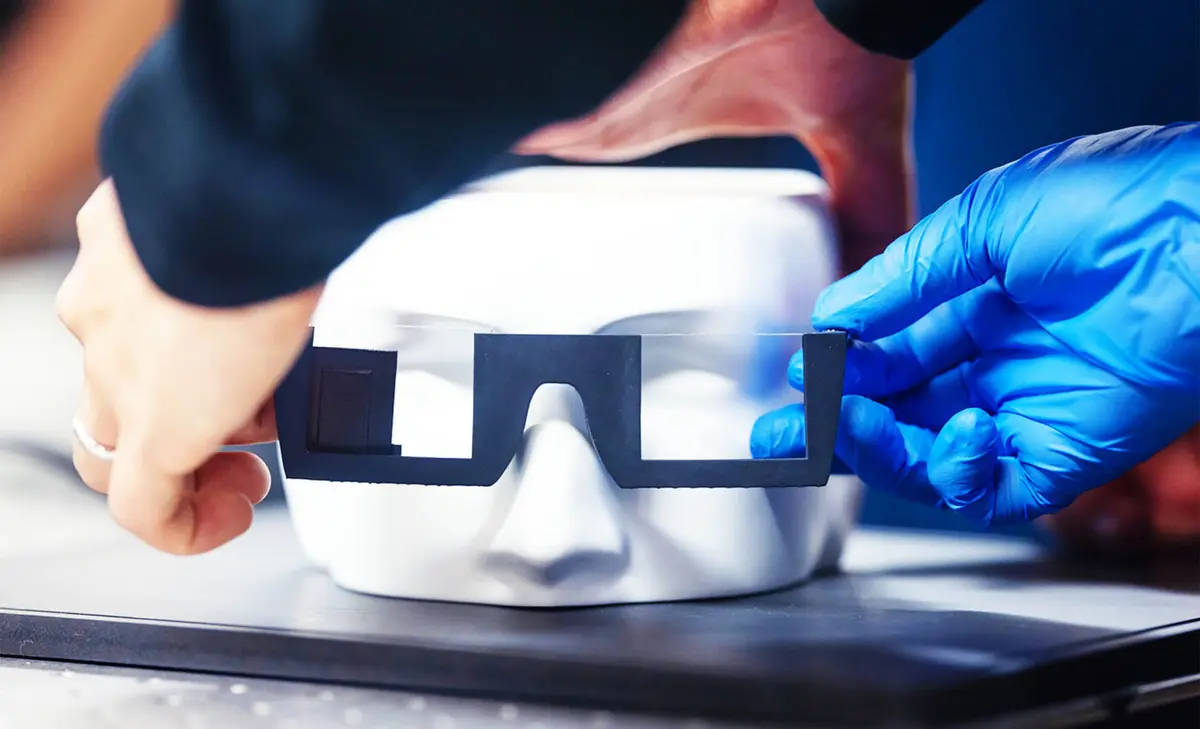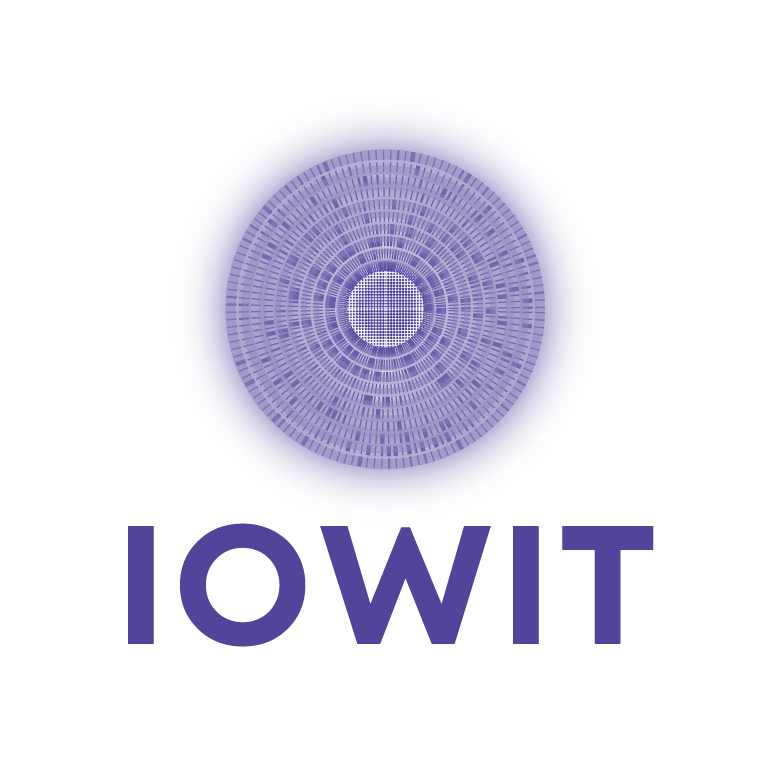Case Studies
Pharmaceuticals: Ensuring Patient Safety and Restoring Brand Trust
A major pharmaceutical company faced serious issues with counterfeit medications, impacting patient outcomes and safety. To address this, the company introduced hologram stickers with unique serial numbers and QR codes for product verification. Within a year, counterfeit reports dropped by 70%, helping to regain consumer confidence. This measure allowed pharmacies, hospitals, and patients to quickly confirm a product’s legitimacy, strengthening trust in the brand.
Electronics: Minimizing Fraud and Tampering
An electronics manufacturer saw a sharp increase in warranty claims for online purchases, uncovering counterfeit products entering the market. In response, they implemented tamper-evident hologram stickers on all genuine items, each with a unique code for verification. This approach significantly reduced warranty fraud and enabled customers to authenticate devices before purchasing, strengthening the brand’s reputation as a reliable electronics provider.
Food and Beverage: Authenticating Premium Products
A well-known tea brand, concerned about counterfeit versions tarnishing its image, began using hologram labels on its packaging. Each label displayed the brand’s logo and a verification code, allowing customers to authenticate products instantly. This solution helped deter counterfeiters, enhancing consumer loyalty and boosting the brand’s reputation for quality.
Kellogg’s Holographic Campaign
In 2009, Kellogg’s implemented a holographic campaign for Special K cereal in select French retailers, resulting in a remarkable 60% increase in sales directly attributed to the holographic packaging.
Holographyx’s holographic scratch-off lottery tickets
Holographyx Inc. developed holographic scratch-off lottery tickets that consistently outperformed standard tickets. Typical sales increases ranged from 15% to 30%, with a specific case in the Tennessee Lottery showing a 79% sales increase for the holographic version compared to a plain board game
Global counterfeiting costs brands an estimated $1.82 trillion annually
According to recent market studies, global counterfeiting costs brands an estimated $1.82 trillion annually. Holographic packaging, with its anti-counterfeiting properties, can help mitigate these losses by providing an extra layer of security, especially in high-risk industries, such as pharmaceuticals and luxury goods.
Report by Fact. MR
According to a report by Fact. MR, with a market valued at $13.42 billion in 2024, it’s projected to skyrocket to $30.91 billion by 2034. That’s an impressive compound Annual growth rate of 8.7%! This explosive growth reflects the rising demand for visually captivating, secure, and premium packaging solutions across industries.




